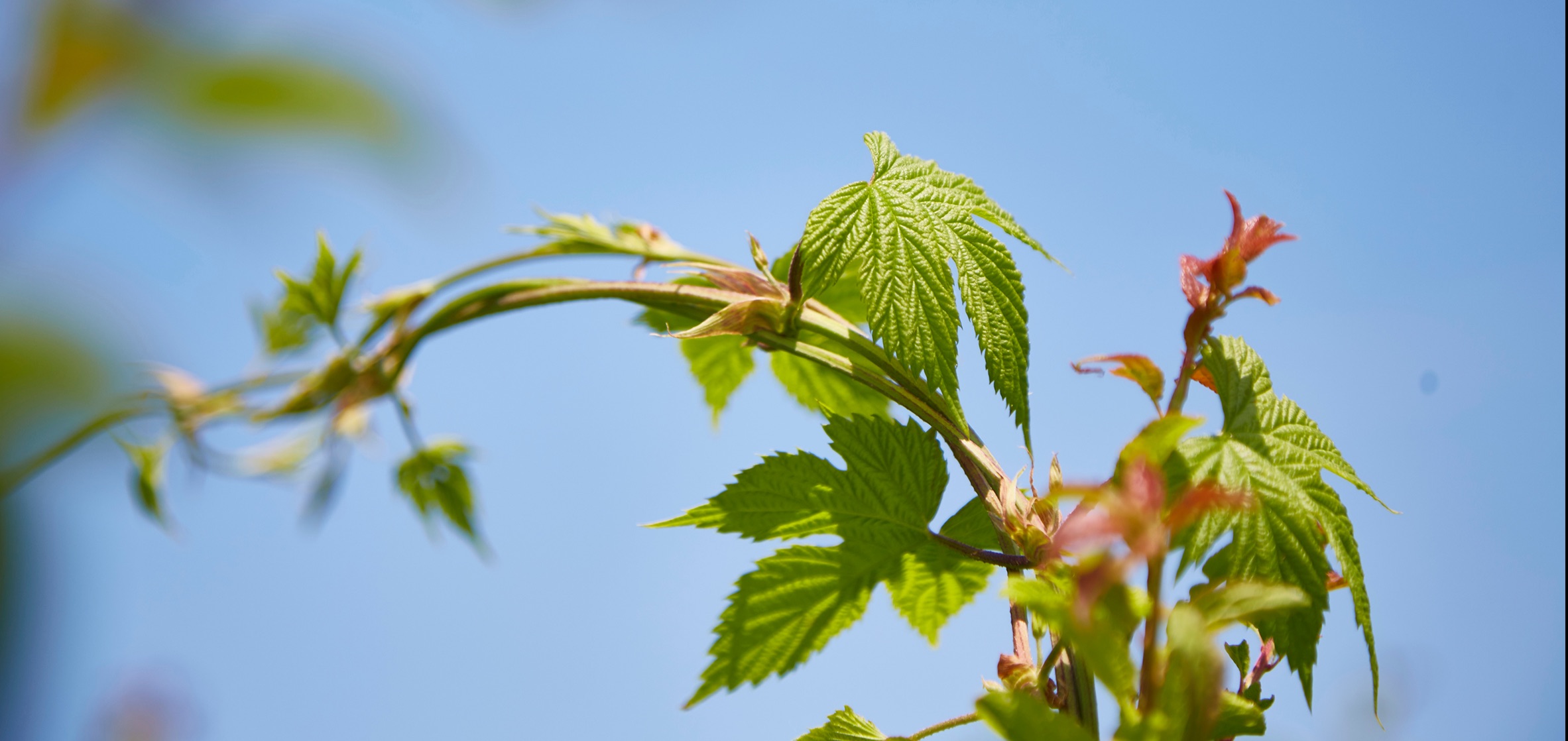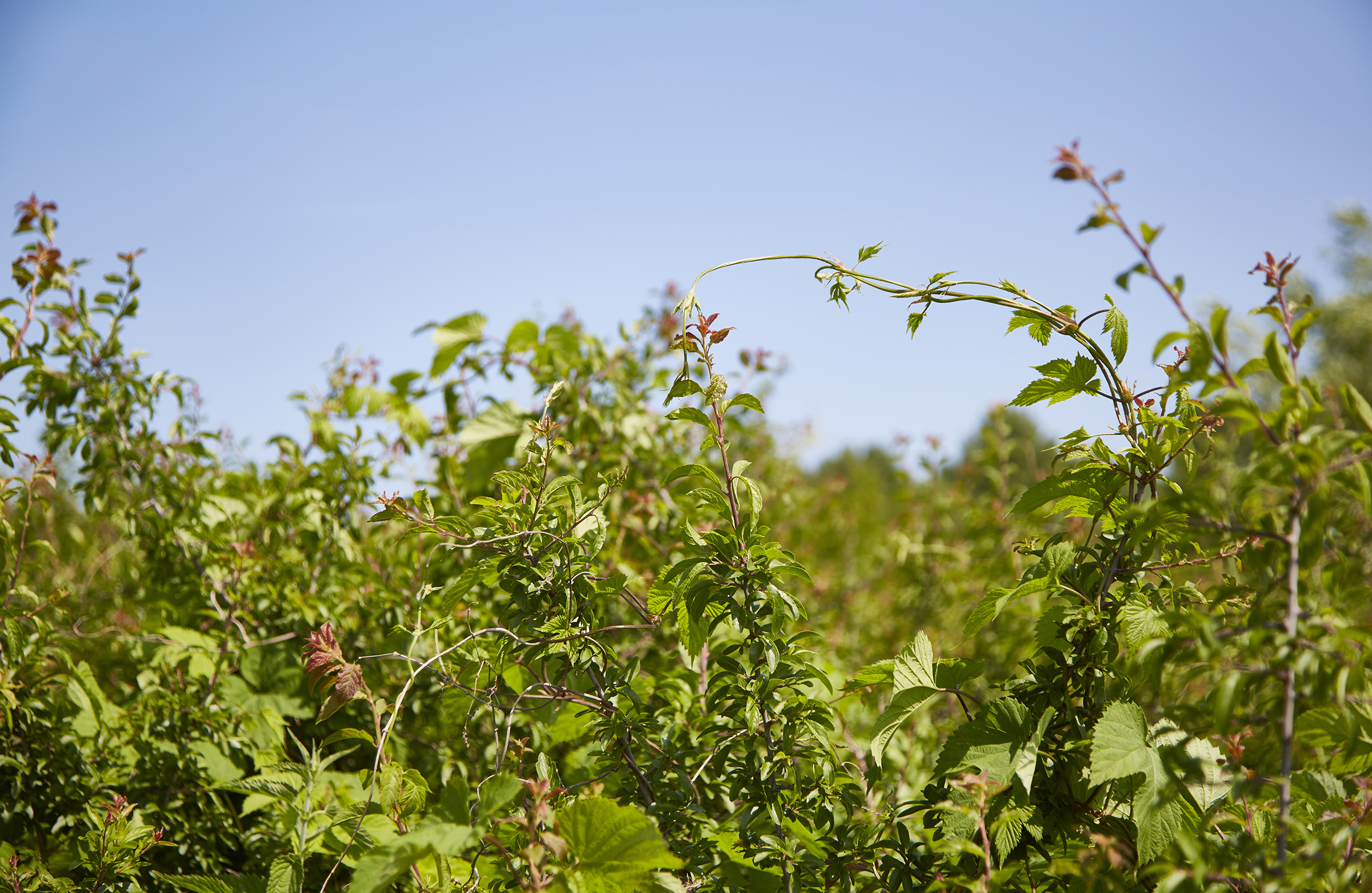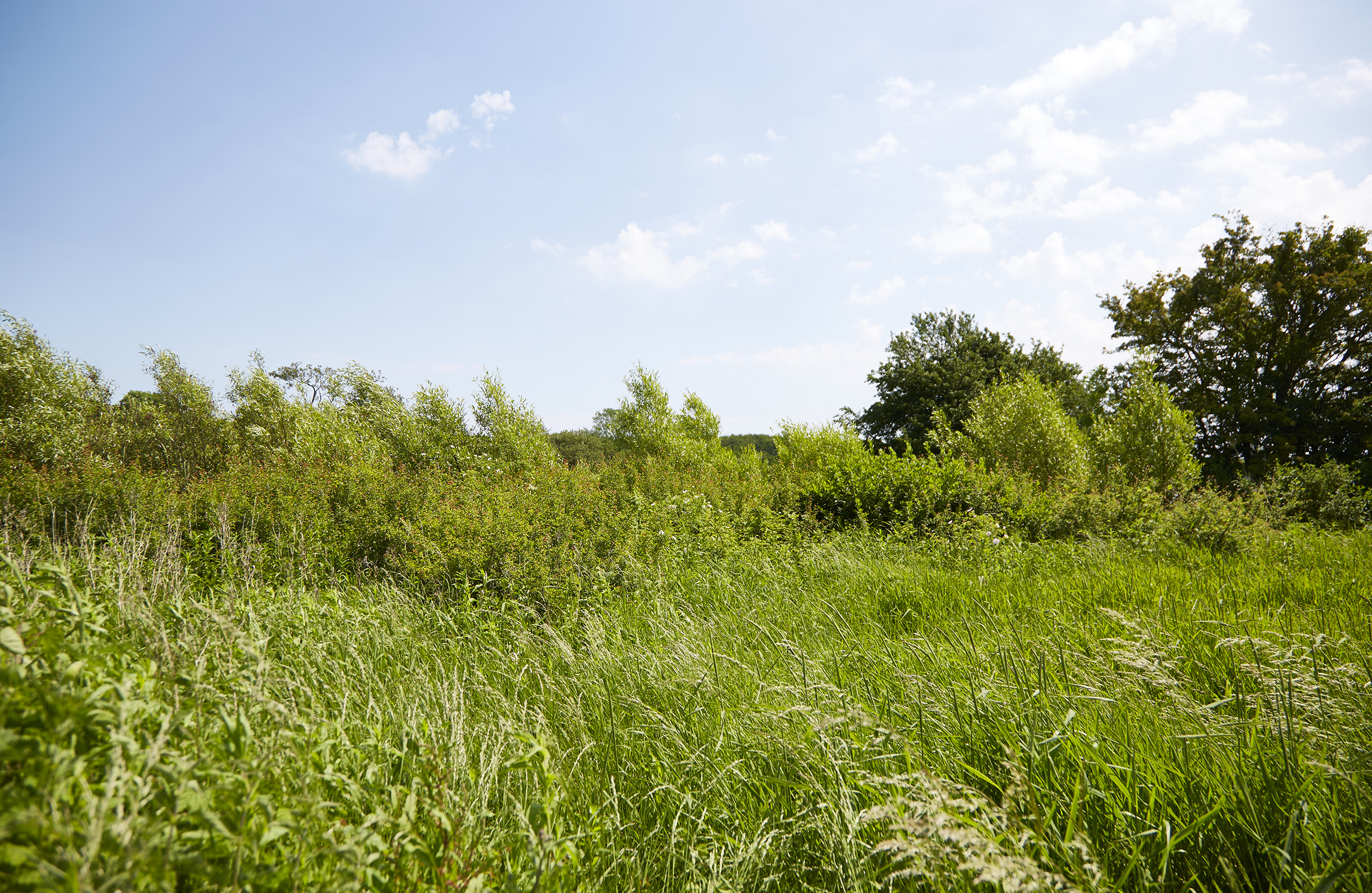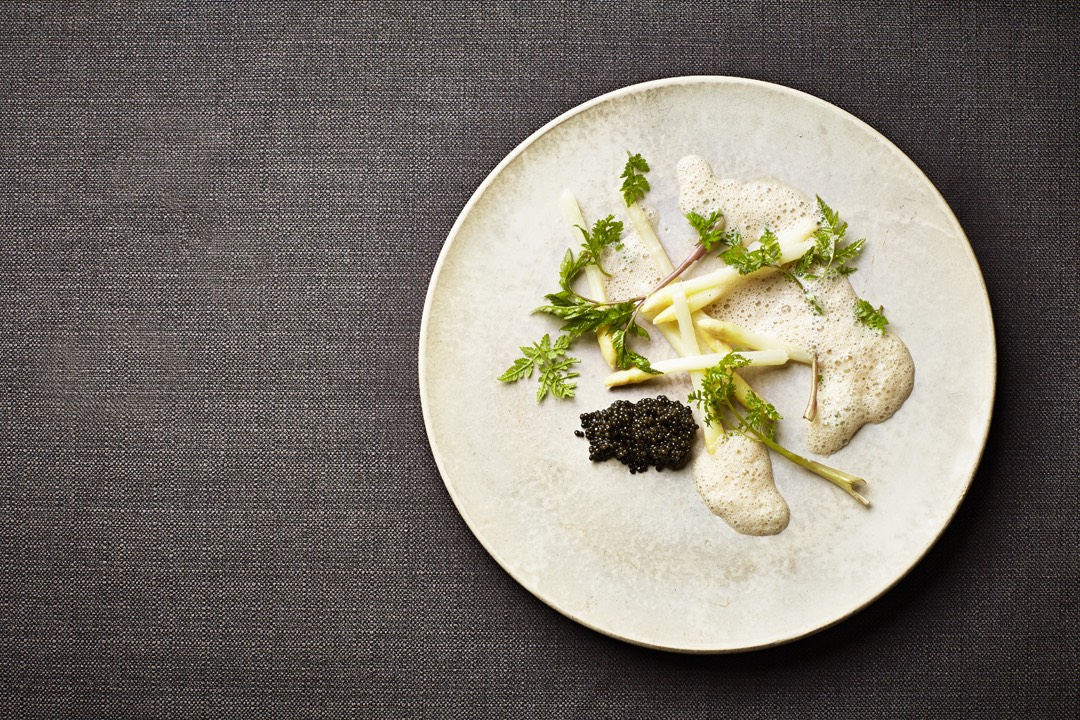


Hop
Most people associate hops with beer: the plant's inflorescences impart bitterness, flavor, and stability to the brew. Hop shoots can also be used in cooking, however, and the fresh shoots—also called 'hop asparagus'—are a fantastic food.
-
Where to Find It
Hop can be found all over Denmark. It grows around the edges of deciduous forests and hedges where there are plenty of nutrients and moisture in the ground and sunlight can reach the plant. It is a light green, creeping plant that twines around trees and into shrubbery in towns, parks, private gardens, and harbor areas.
Deciduous forests, coniferous forests, towns, hedges.
-
When to Find It
You can pick hop in April and at the beginning of May, which will spur new shoots to emerge into July or August. You can normally gather the flowers in September.
Shoots: April. -
How to Spot It
Hop is a creeper that can grow up to to six meters long over the course of the summer. It always wraps itself clockwise around trees and poles. It has a narrow, hairy stem and notched, hairy leaves that are divided into three or four leaflets. The female hop plant develops flowers that look like matte green cones. You can find the thin, young shoots in spring, when they'll stick up through the rest of the vegetation.
-
How to Pick It
The top 20 cm of the young shoot is tender and edible—this is the part you want. If you bend the shoot backwards, it will break off naturally where the stem gets too woody, just like asparagus. Pick or clip the flowers using scissors.
Flowers: September
Risk of misidentifying the plant
There is no risk of mistaking the plant for another dangerous or undesirable plant.


